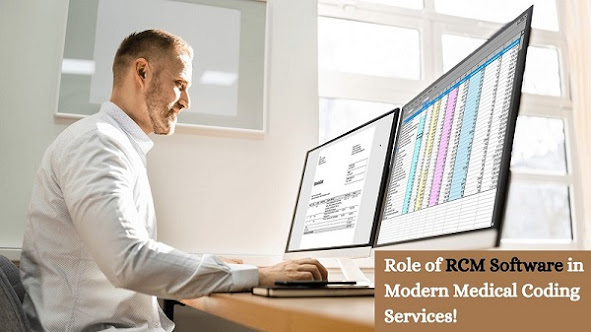3 ways to ensure a successful EHR switch
There have been numerous reasons that eventually lead
hospitals or providers to take the decision to “jump ship” and switch to a new
EHR solution but this switch is more like a divorce you gain some and you lose some.
There are factors of data migration, integration and most importantly cost.
Here are 3 ways that would ensure a successful Switch EHR.
Define your objective: Know what you need!
You need to know what is your objective and you need to
define metrics that will determine your judgment. You can only know what to ask
only if you know what you want! Not only present consideration or objectives to
be catered it is important that future needs also be anticipated.
You need to think about your organization’s goals and find a
solution that will help you achieve them. Is your primary goal meaningful use
attestation? Is it to eliminate all paperwork? Improve quality of care? Enable
your caregivers to access patient information more quickly? A combination of these
things? Make a list of your primary and second objectives and incorporate them
into your decision making process.
In determining these
objectives and goals it is of paramount importance that all the stakeholders
that will be affected in this decision be taken on board. Feedback from all of
the physician and users will help determine effective objects. That makes your
transition process that much smoother.
Estimate your Cost
This point might sound like a cliché but it is true. In
order to ensure and sustain a balance between functionality and cost. Knowing
your cost and estimating them is important. Not only cost in terms of dollars
to be considered but the time, fatigue that will be undergone should be
considered.
"We found that $12,000
was the optimal price point for an [EHR] system" among physicians in
small, privately held primary care practices, said Alice Loveys, MD, chief
medical information officer for the Monroe County Medical Society Health
Information Technology Service Bureau in New York.
According to CDW Healthcare's research, those components
typically are just 12% of total costs. Lost productivity, training, and
connectivity with hospitals, labs, third party payers, and regional health
information organizations also must be considered.
Partner with an integration company
The one daunting task that hinders every transition is “Data
Migration” It’s one of the factors that boggles providers switching to an EHR
and rightly so if it is not catered providers end up sifting through old and
new systems updating the data and this can take up to two years!
Save yourself the hassle and the best option that you have
is partner with a company that assists in integration. A counter argument that
comes up that there is always an option is taking integrating services from
current vendors but that would cater to substantial fee. Partnering with
another firm helps you save cost. Working with an experienced integration
partner will ensure that the transferring of your data will be done quickly,
professionally, and at a reasonable cost.
Switching to EHR is a daunting task but it is not as
terrifying as it seems. The major pre-requisites is to plan accordingly and
object clarification.







Comments